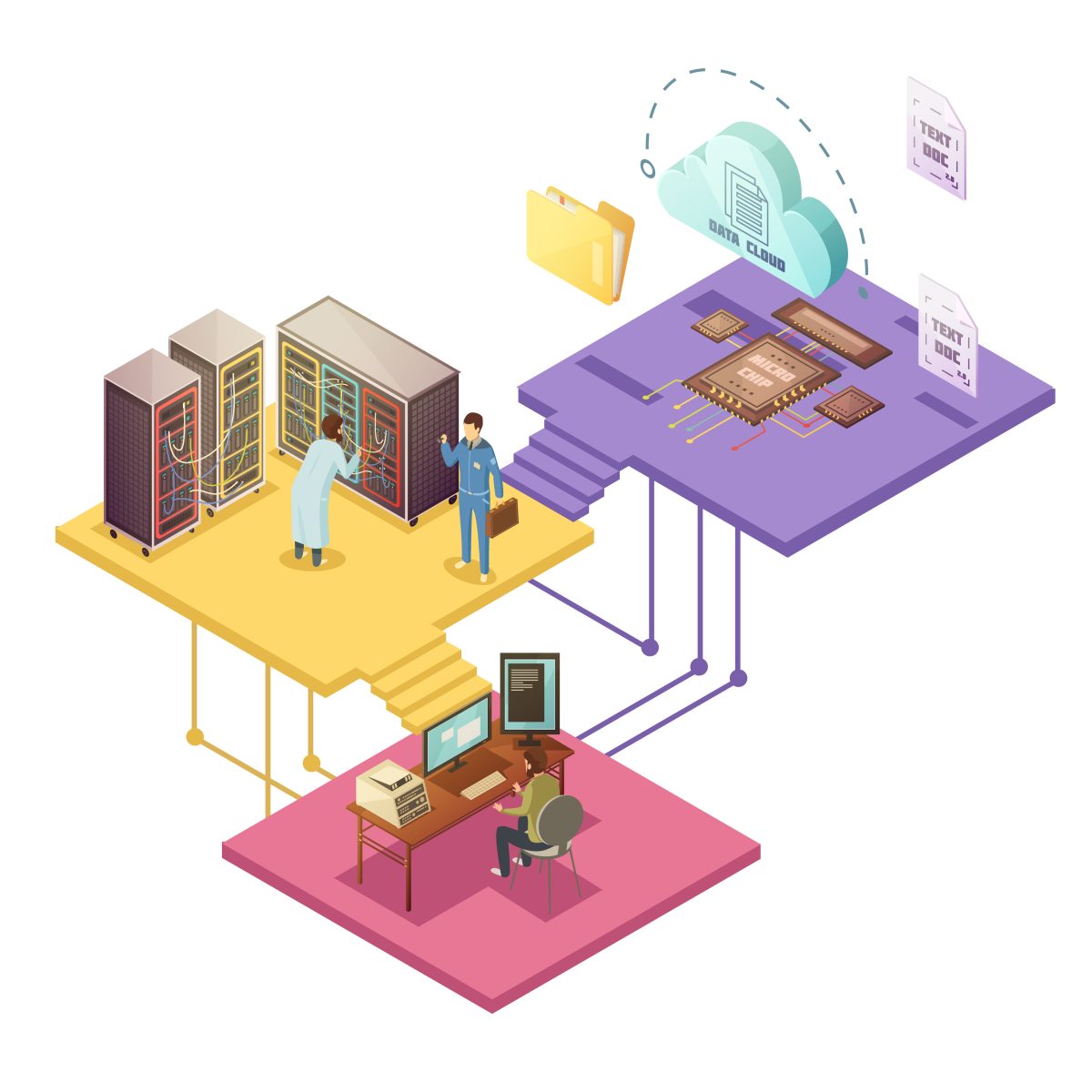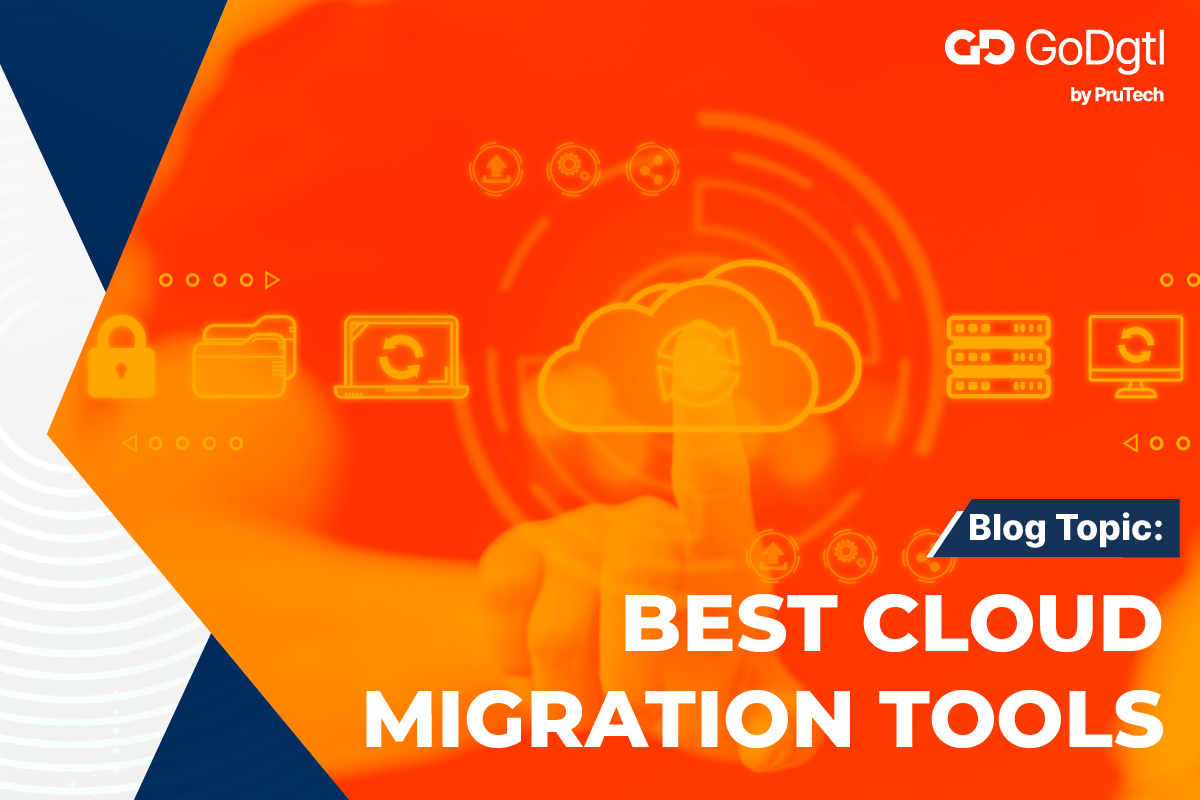With the ever-increasing demand for cloud-based solutions, organizations are constantly striving to optimize their operations and maximize their resources. AWS Storage Gateway offers a comprehensive solution that seamlessly integrates on-premises infrastructure with the limitless potential of the cloud.
By leveraging AWS Storage Gateway, organizations can effortlessly extend their on-premises storage into the cloud, enabling them to securely store and retrieve data whenever needed. This innovative technology ensures a smooth and efficient transition, allowing businesses to take full advantage of the cloud’s scalability, flexibility, and cost-effectiveness.
Understanding AWS Storage Gateway
AWS Storage Gateway is a highly adaptable service that serves as a crucial link between on-premises environments and AWS Cloud storage services. This remarkable solution enables organizations to effortlessly expand their on-premises data centers into the cloud, all while ensuring top-notch security. Moreover, it seamlessly integrates with various AWS storage solutions, including the renowned Amazon S3, Amazon EBS, and Amazon Glacier. By leveraging this powerful tool, businesses can attain a unified storage experience that harmoniously combines the advantages of both on-premises and cloud environments.
Key capabilities of Hybrid system
1. File Gateway
The File Gateway functionality of AWS Storage Gateway allows businesses to store files as objects in Amazon S3 buckets, which can be accessed from both on-premises environments and the cloud. This feature provides a cost-effective solution for file-based workloads by eliminating the requirement for local storage management, while offering scalable and durable storage in the cloud. File Gateway supports industry-standard file protocols, making it seamless to integrate with existing applications and workflows.
Whether you are using NFS or SMB protocols, File Gateway seamlessly integrates with your systems, ensuring a smooth transition to cloud storage.
2. Volume Gateway
For organizations requiring block-level storage, Volume Gateway offers two modes: Stored Volumes and Cached Volumes.
Stored Volumes facilitate the creation of Amazon EBS snapshots and securely store the data in Amazon S3. This approach is highly suitable for both primary data storage and disaster recovery purposes. It offers expedited access to frequently accessed data, ensuring minimal latency. Additionally, it empowers you to effortlessly generate cloud-based backups that are readily accessible whenever needed.
Cached Volumes enable the utilization of Amazon S3 as the primary data repository while simultaneously preserving frequently accessed data on a local level. This approach effectively reduces the necessity for substantial local storage, all the while ensuring the provision of low-latency performance for frequently accessed data.
3. Tape Gateway
Tape Gateway provides a smooth transition to cloud-based archival for organizations that heavily depend on tape backups. It introduces virtual tape libraries (VTLs) that utilize Amazon S3 and Amazon Glacier as cost-effective storage solutions for long-term data retention. This eliminates the hassle of managing physical tape libraries and provides the benefits of cloud scalability and durability.
With Tape Gateway, organizations can effortlessly embrace the benefits of cloud technology for their archival needs.
Benefits of AWS Storage Gateway
1. Cost Efficiency
By utilizing cloud storage, organizations can enhance cost optimization by easily adjusting storage capacity without the need for initial investments in physical hardware. Furthermore, the implementation of data tiering capabilities enables efficient storage allocation based on access patterns, ensuring the utilization of the most cost-effective storage class. This strategic approach not only streamlines expenses but also provides flexibility and scalability for businesses.
2. Scalability
AWS Storage Gateway offers the remarkable advantage of scaling your storage infrastructure without the constraints of on-premises hardware. Whether you are dealing with escalating data volumes or seasonal spikes, cloud-based storage can effortlessly cater to your requirements. This unparalleled flexibility ensures that your storage needs are met efficiently and effectively.
3. Data Protection and Disaster Recovery
Storing data in the cloud using AWS Storage Gateway significantly enhances data protection and disaster recovery capabilities. With automated backups, snapshots, and the exceptional durability of AWS storage services, your data is guaranteed to remain safe and easily recoverable.
4. Hybrid Architecture
The AWS Storage Gateway seamlessly integrates with your existing on-premises infrastructure, allowing you to effortlessly retain essential data on-site while transferring less frequently accessed data to the cloud. This enables you to maintain critical data on-site while offloading less frequently accessed data to the cloud, optimizing storage resource utilization.
Conclusion
AWS Storage Gateway is a robust tool that enables organizations to fully embrace the potential of hybrid cloud architectures. By seamlessly connecting on-premises environments with AWS cloud storage services, businesses can achieve cost-effective scalability, enhanced data protection, and streamlined data management. Whether you are dealing with file-based workloads, block-level storage, or tape backups, AWS Storage Gateway offers versatile solutions tailored to meet your specific needs. As the digital landscape continues to evolve, embracing hybrid capabilities can strategically position your organization for success in the cloud era.
GoDgtl by Prutech is an AWS Advanced Consulting Partner offering robust cloud solutions to organizations. Our mission is to assist individuals in developing their knowledge of cloud computing and help businesses strive for greater success by implementing the best practices and expertise in the industry. Our goal is to build a strong and reliable cloud computing ecosystem by sharing valuable insights into the technological intricacies within cloud space.
Contact us today to learn more about our services and how we can help your business thrive in the cloud era. Contact 24/7 – GoDgtl (go-dgtl.in).









